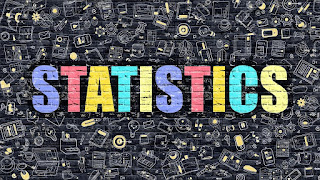Channels of Distribution
CHANNELS OF DISTRIBUTION
Introduction
·
A channel of distribution is a path or
route through which goods and services flow from producers to consumers.
·
It includes all intermediaries involved in the
transfer of products from manufacturer to end users.
·
It helps to bridge the gap between the producer
and consumer in terms of place, time, and ownership.
Need for Marketing Specialists /
Intermediaries
Wider Reach
Expertise and Specialization
Cost Efficiency
Risk Sharing
Facilitates Concentration on Core Activities
Types of Marketing Channels
A. Direct Channel (Zero-level)
- Producer
→ Consumer
- No
intermediaries
- Example:
Online sales, farm-fresh produce, factory outlets
Advantages:
More control, higher profits, closer customer relationship
B. Indirect Channels
i. One-level Channel:
- Producer
→ Retailer → Consumer
- Used
in consumer durables and large retailers
ii. Two-level Channel:
- Producer
→ Wholesaler → Retailer → Consumer
- Common
for FMCGs (Fast Moving Consumer Goods)
iii. Three-level Channel:
- Producer
→ Agent → Wholesaler → Retailer → Consumer
- Useful
when manufacturer wants to cover a wide geographical area and doesn’t have
its own sales force
Selection of Channels
A. Product Factors:
- Perishability:
Perishable items (e.g., dairy) need shorter channels.
- Complexity:
Technical products require direct selling or specialized intermediaries.
- Value:
High-value products often use fewer intermediaries.
B. Market Factors:
- Consumer
behavior: Where and how consumers prefer to
buy.
- Market
size and location: Widely dispersed customers may
need more intermediaries.
C. Company Factors:
- Financial
strength: Strong companies may build their own
distribution network.
- Marketing
control: Need for brand image and customer
experience may demand direct channels.
D. Middlemen Considerations:
- Availability:
Whether reliable intermediaries exist.
- Services
offered: Sales support, promotion,
after-sales service.
E. Competitive Factors:
- Competitors'
channel strategies may influence selection to remain competitive.
Video Description
· Don’t
forget to do these things if you get benefitted from this article
· Visit
our Let’s contribute page https://keedainformation.blogspot.com/p/lets-contribute.html
· Follow
our page
· Like
& comment on our post
·




Comments